Black Creators Challenge: James Van Der Zee
Black Creators Challenge - Edition Six
The Harlem Renaissance was a defining cultural movement of the early 20th century, giving rise to a flourishing of Black art, music, literature, and intellectual thought. Among the many luminaries of this period, James Van Der Zee stands out as a visionary photographer whose work immortalized the people and spirit of Harlem. Through his lens, Van Der Zee documented the vibrancy, dignity, and aspirations of Black life, leaving a lasting impact on both photography and Black cultural history. His legacy remains a crucial chapter in the story of Black creativity, making him a fitting subject for edition six of the Black Creators Challenge: Celebrating Legacy Through Art.
James Van Der Zee’s photography was more than just documentation—it was a form of artistic storytelling. Born in 1886 in Lenox, Massachusetts, he moved to Harlem in 1906, where he would become the preeminent photographer of the Harlem Renaissance. His studio portraits were characterized by a keen attention to detail, careful staging, and a profound sense of elegance. Unlike conventional photography of the time, which often portrayed Black individuals in a reductive or demeaning manner, Van Der Zee’s work was intentional in its elevation of Black identity.
Van Der Zee used elaborate backdrops, props, and careful retouching to create images that celebrated his subjects. His portraits showcased men in tailored suits, women in luxurious dresses, families exuding unity, and artists, intellectuals, and political figures in their element. This careful composition and refined aesthetic underscored a key message—Black excellence was not just aspirational; it was real, present, and undeniable.




The Harlem Renaissance was a period of immense cultural production, with figures like Langston Hughes, Zora Neale Hurston, Duke Ellington, and Marcus Garvey shaping the discourse around Black identity and creativity. Van Der Zee’s photographs serve as an invaluable visual archive of this time. His portraits captured the essence of Harlem’s rising middle class, providing images that countered the mainstream media’s negative stereotypes of Black life.
One of his most famous photographs, Couple in Raccoon Coats (1932), exemplifies his ability to capture both opulence and pride. The image of a well-dressed couple standing beside a luxury car in Harlem radiates sophistication and success, challenging prevailing narratives that denied Black affluence and self-determination. His work also extended beyond formal portraits; he photographed street scenes, parades, funerals, and key moments in Harlem’s evolving history.
During the rise of Marcus Garvey’s Universal Negro Improvement Association (UNIA), Van Der Zee documented its members with striking portraits that emphasized their pride and purpose. These images reinforced the importance of self-representation and the assertion of Black identity on one’s own terms. His work gave visual form to the Renaissance’s broader intellectual and artistic mission—to redefine Blackness outside the gaze of white America.
Van Der Zee’s work was instrumental in shaping how Black people saw themselves. At a time when racial discrimination was rampant and damaging stereotypes were pervasive, his photography provided a counter-narrative that highlighted beauty, ambition, and community. His images allowed Black families to see themselves reflected with dignity, reinforcing a sense of pride and cultural continuity.
Although his work experienced a decline in demand after the Great Depression, Van Der Zee’s contributions gained renewed appreciation in the late 1960s during the rise of the Black Arts Movement. When his photographs were included in the Harlem on My Mind exhibition at the Metropolitan Museum of Art in 1969, they introduced a new generation to his artistic genius. This resurgence reaffirmed his role as a foundational figure in Black visual culture.
Van Der Zee’s influence extends beyond photography. His commitment to dignified Black representation inspired future generations of Black artists and photographers, such as Gordon Parks and Carrie Mae Weems, who continued the tradition of using the camera as a tool for storytelling and social commentary.
Today, Van Der Zee’s work serves as a touchstone for contemporary Black creatives seeking to reclaim and redefine Black narratives. His images remain a source of inspiration for artists, filmmakers, and photographers who continue the work of showcasing the multifaceted nature of Black identity.
For participants in the Black Creators Challenge, engaging with Van Der Zee’s work is an opportunity to reflect on the importance of representation in art. How can we, as creators, use visual storytelling to honor our communities? How can we ensure that the beauty, struggles, and triumphs of Black life are preserved for future generations? These are questions that Van Der Zee’s work encourages us to explore.
James Van Der Zee’s contributions to art and Black culture are immeasurable. His photographs are not just relics of the past; they are living testaments to the resilience and brilliance of Black people. Through his lens, he captured the soul of Harlem and, in doing so, ensured that the legacy of the Harlem Renaissance would never fade. As we celebrate Black creativity, let us continue to draw from his example and create work that uplifts, inspires, and endures.
The Black Creators Challenge is a month-long celebration of legendary Black artists, writers, photographers, and visionaries who have shaped culture and creativity. Through weekly highlights, discussions, and creative prompts, we’ll explore their impact and draw inspiration from their work. This challenge is an opportunity to engage with their stories, reflect on their influence, and create art that continues their legacy. Whether you’re an artist, writer, or art enthusiast, join us in honoring Black creativity and its lasting imprint on the world. #BlackCreatorsChallenge
Black Creators Challenge: James Van Der Zee-Inspired Activity
Activity: Portraits of Dignity – Capturing the Essence of a Person
James Van Der Zee, a pioneering photographer of the Harlem Renaissance, documented Black life with elegance, pride, and artistry. His portraits weren’t just photographs—they were celebrations of identity, style, and community. He often used carefully staged compositions, hand-retouched details, and double exposures to enhance the beauty and depth of his subjects.
Your Challenge for Today:
Take a portrait (or create a portrait-inspired artwork).
Use photography, drawing, painting, or collage to capture someone’s essence.
If photographing, stage the portrait thoughtfully—think about lighting, clothing, and props that reflect their personality and story.
If drawing or painting, focus on expression and detail, giving the subject a dignified presence.
Incorporate symbolism.
Van Der Zee often included meaningful objects in his portraits (musical instruments, books, flowers, military uniforms, etc.).
What symbols can you add to reflect the subject’s identity, aspirations, or history?
Experiment with composition and editing.
If using photography, try sepia tones, black and white, or light editing to create a timeless feel.
If using another medium, consider using soft shading or layered textures to evoke a vintage portrait effect.
Title & Reflect.
Give your piece a title that honors the subject.
Write a short reflection: How did this process help you see someone (or yourself) in a new way?
Share Your Work.
Post your portrait and discuss how Van Der Zee’s work inspires your artistic vision.
🔹 Bonus: Research Van Der Zee’s Harlem Renaissance portraits. How did he use photography to counter negative stereotypes and uplift Black identity?
Black Creators Challenge: Alice Walker
Alice Walker is a beacon of literary brilliance, a storyteller whose words transcend time and place, shaping the cultural and intellectual fabric of Black literature. Through her novels, short stories, and essays, she has captured the essence of Black womanhood, resilience, and the complex intersections of race, gender, and class. Walker’s groundbreakin…



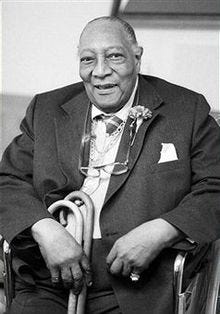
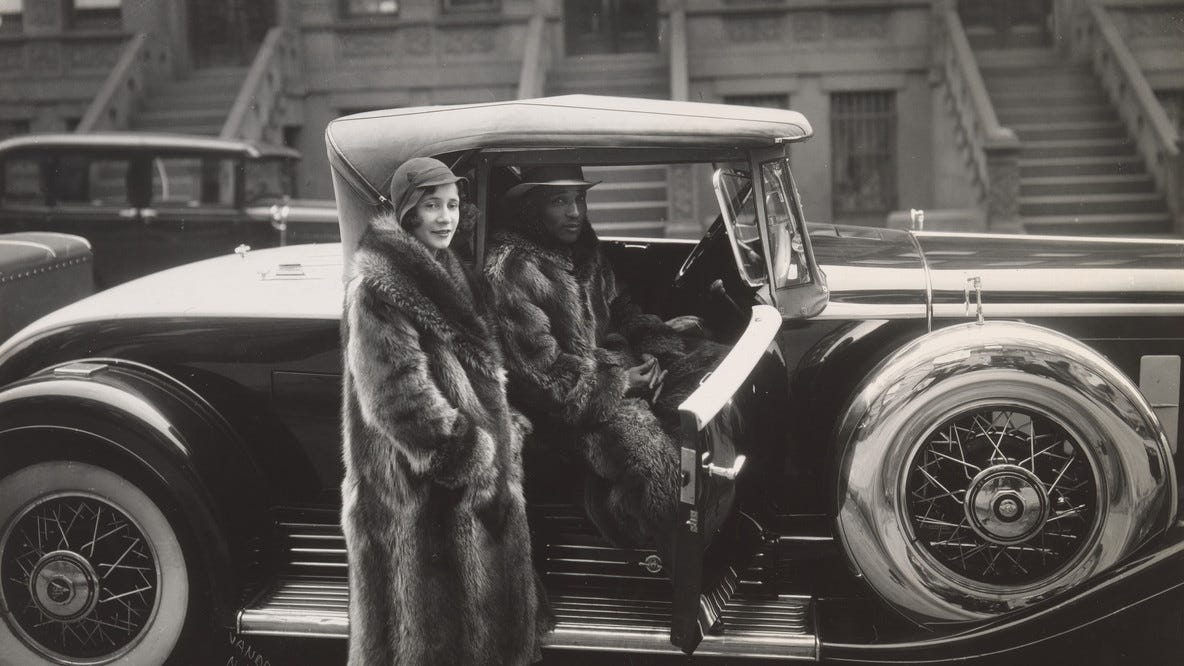
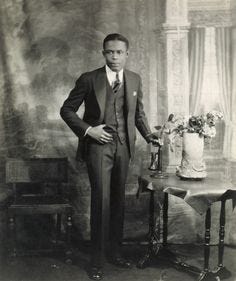
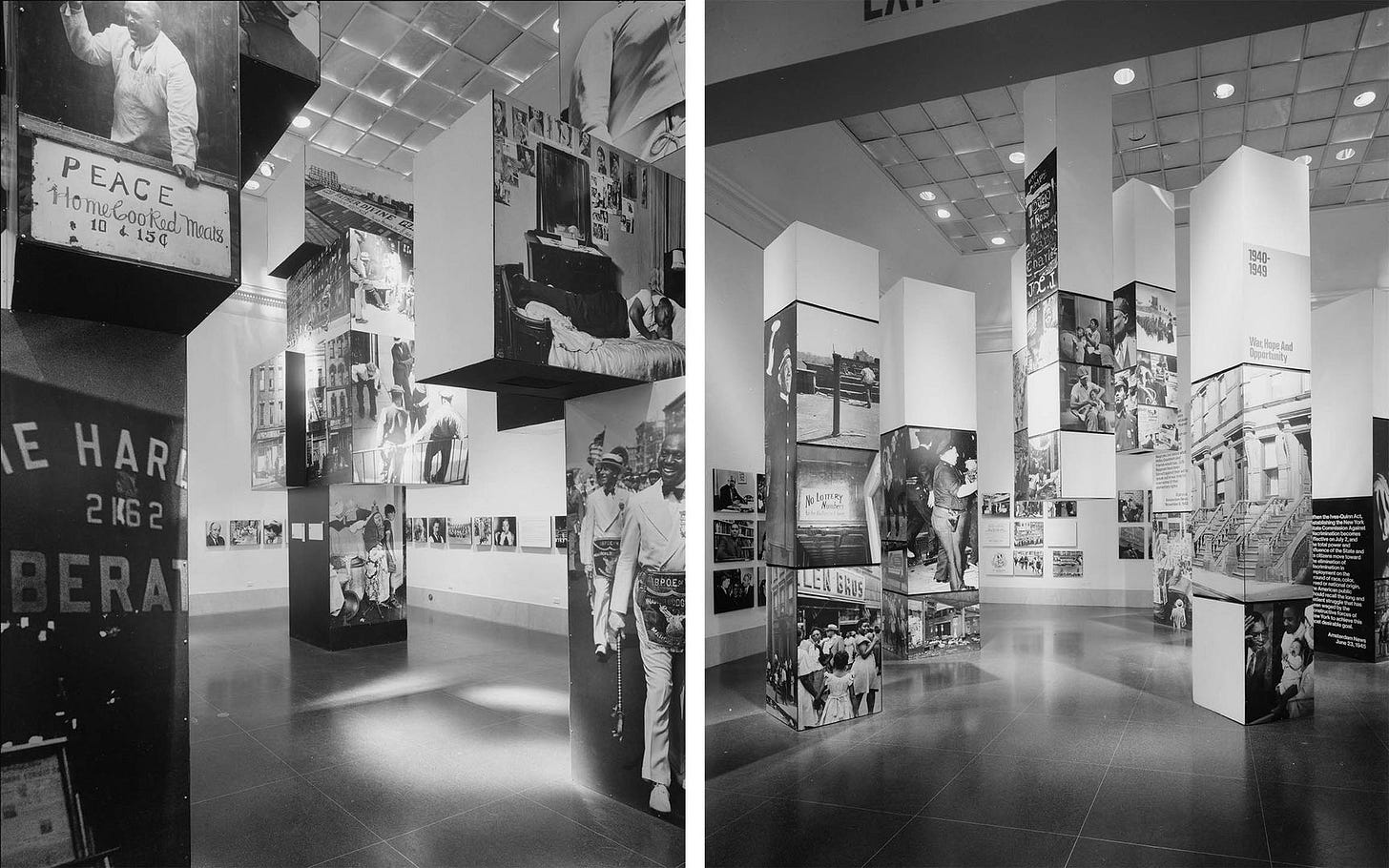
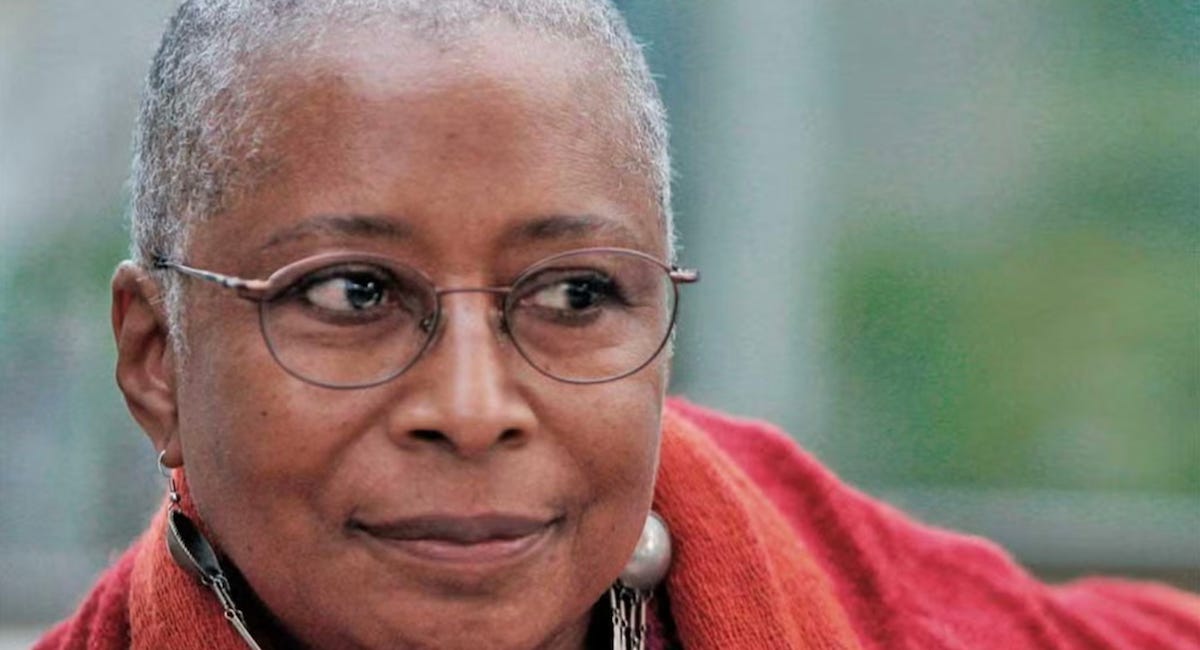
✨ the sun ra futurism-inspired work of Mikael Owunna, focusing on reinforcing the intersectionality of african mythos w/in the contemporary museal ɬ sciences through their co-founded work w/ rainbow serpent. stellar person w/ whom i bonded over music, shoutout to john wizards ★